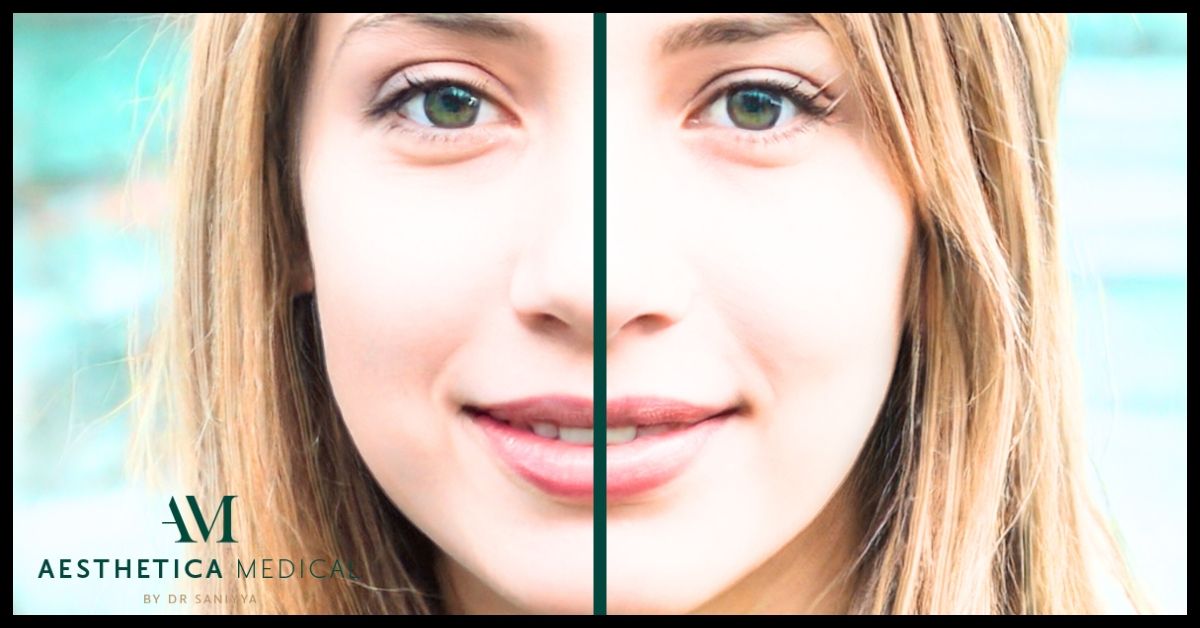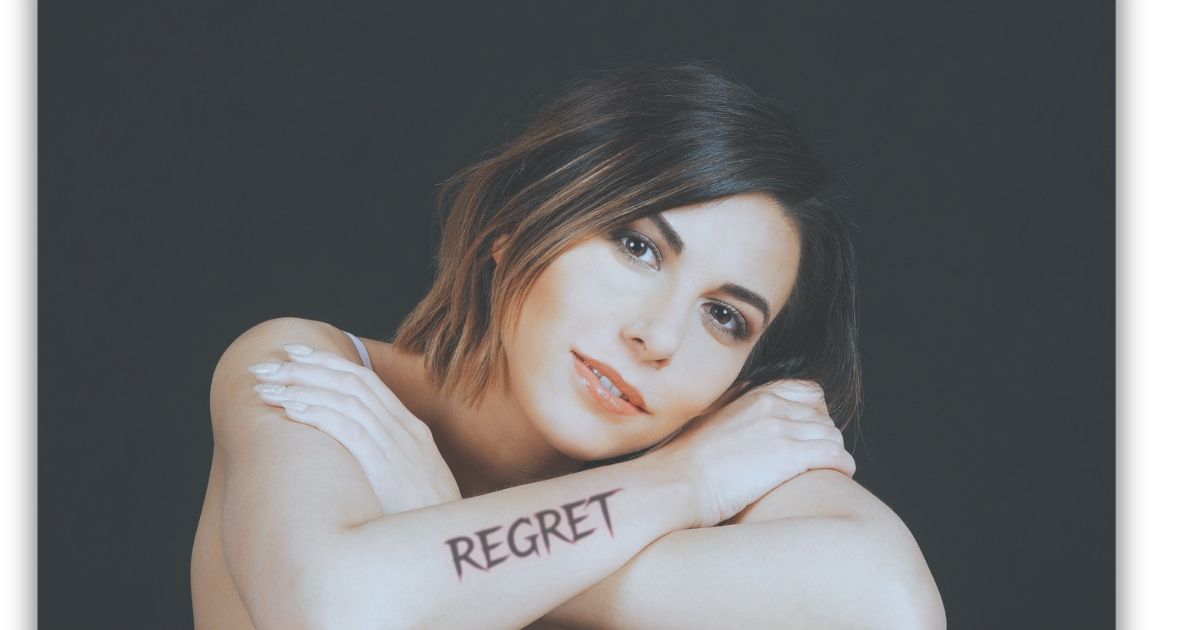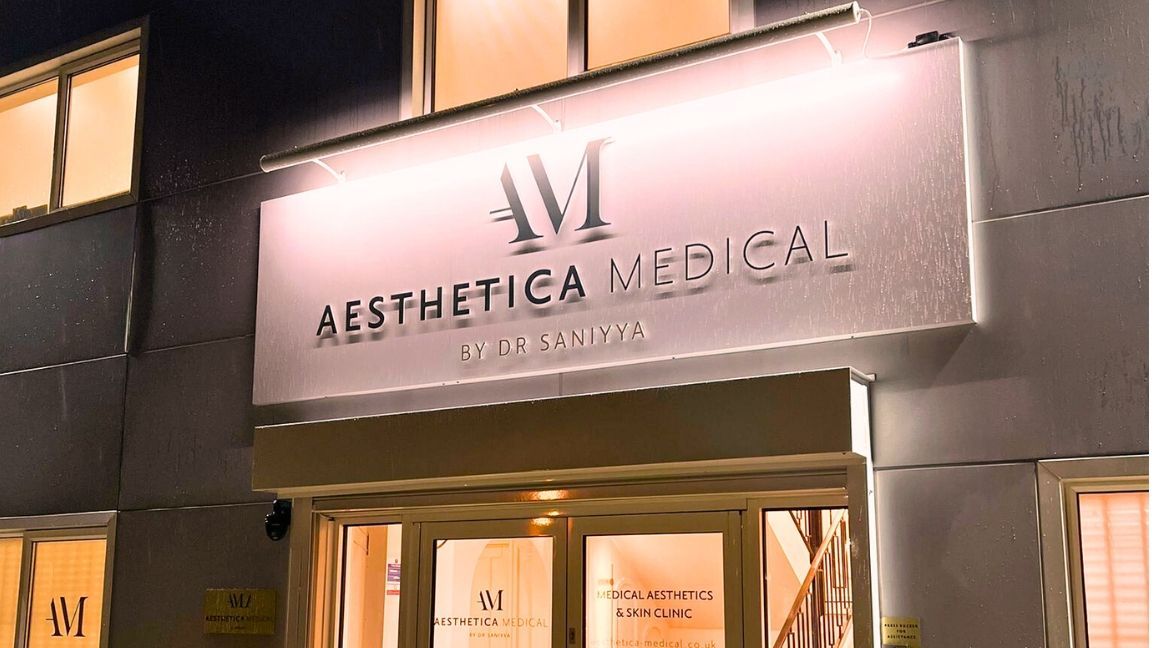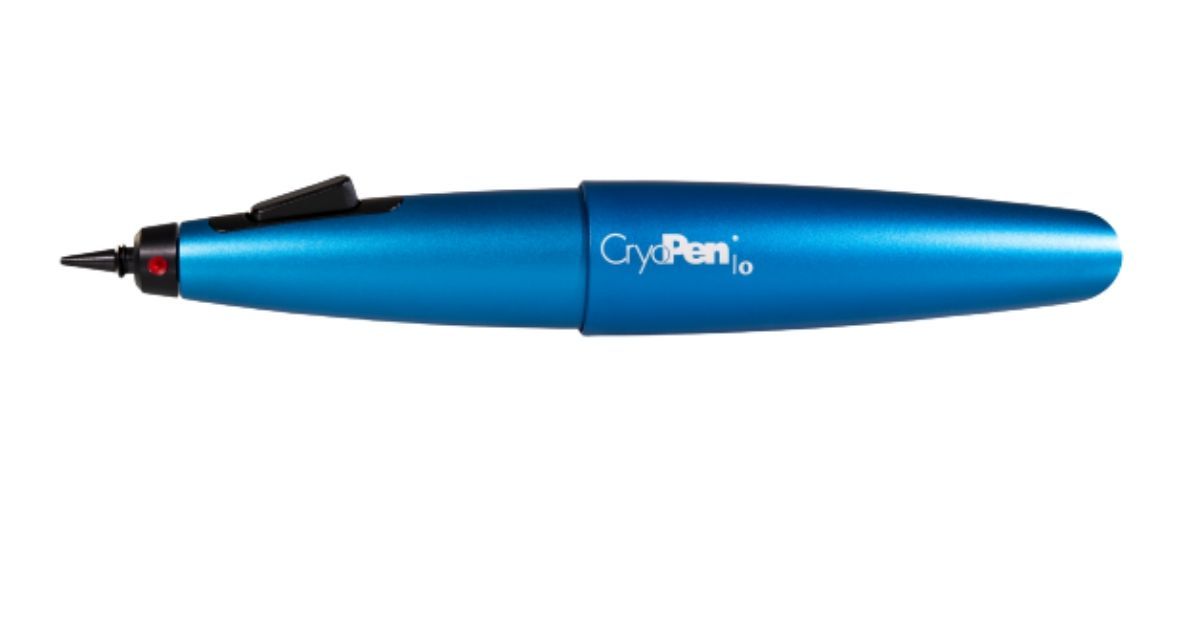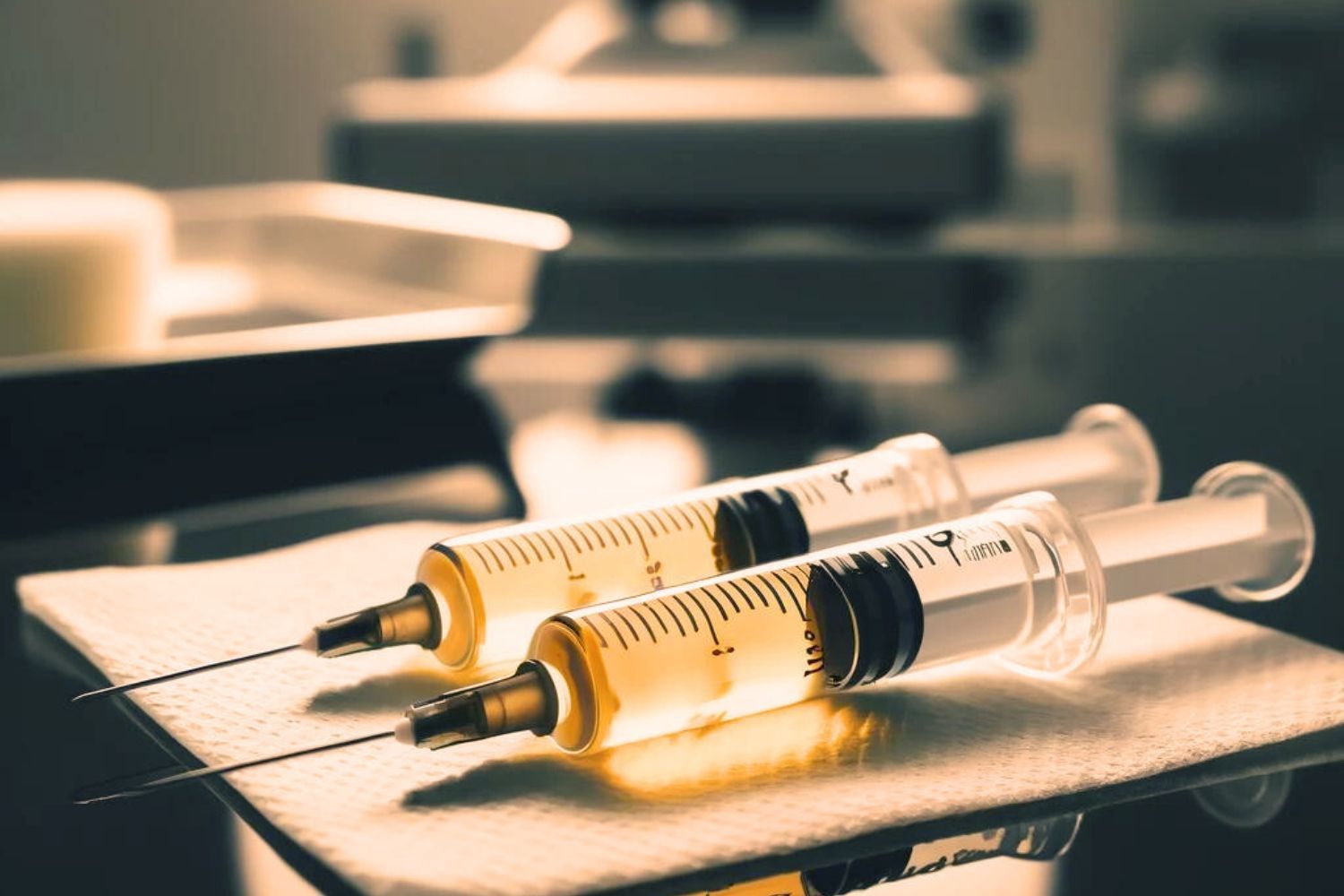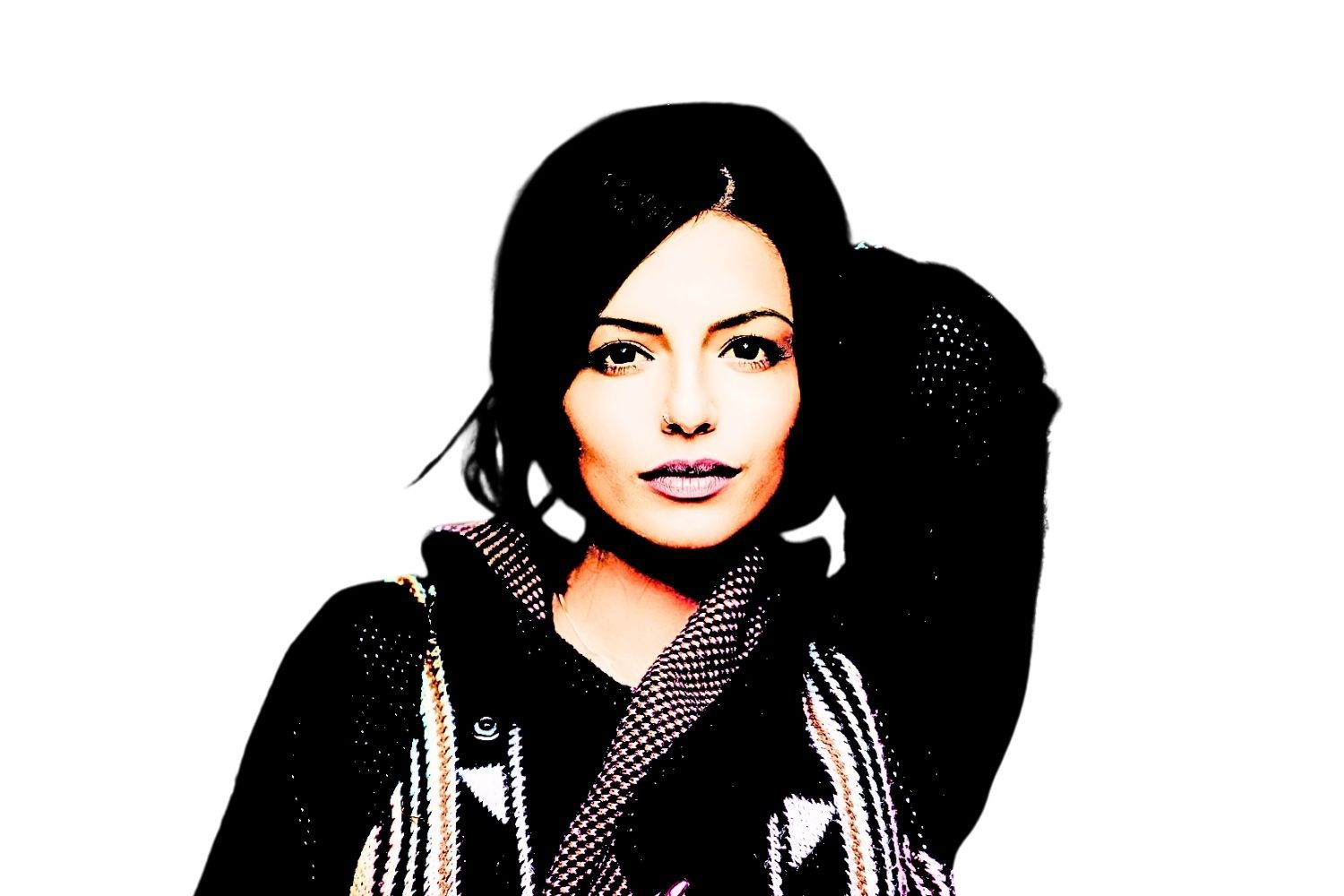Understanding Thread Veins and Their Causes
Thread veins, also known as spider veins or telangiectasias, are a common cosmetic concern that affects people of all ages and backgrounds. These small, visible blood vessels, often resembling red, blue, or purple spider webs or tree branches, can appear on various parts of the body, including the legs, face, and chest. While thread veins are usually harmless, many individuals choose to seek treatment to improve their appearance and boost their self-confidence. In this blog post, we will explore what thread veins are, what causes them, and why someone might opt for thread vein removal, a service offered at our Leeds clinic by Dr. Saniyya.
What Do Thread Veins Look Like?
Before diving into the causes and treatment options for thread veins, it's important to understand what they look like. Thread veins are small, dilated blood vessels that are close to the surface of the skin. They are typically characterised by:
- Red, Blue, or Purple Appearance: Thread veins often appear as thin lines or webs of red, blue, or purple veins on the skin's surface. Their colour may vary depending on the affected area and the depth of the blood vessels.
- Spider-Like or Tree-Like Patterns: The name "spider veins" derives from their resemblance to a spider's web, with small branches extending from a central point. Alternatively, they may look like tiny tree branches, hence the term "telangiectasias."
- Visible on Various Body Parts: Thread veins can manifest on different parts of the body, but they are most commonly seen on the legs and face. They can also occur on the chest, hands, and other areas.
What Causes Thread Veins?
Several factors contribute to the development of thread veins, including:
- Genetics: A family history of thread veins can increase the likelihood of developing them.
- Age: Thread veins are more common as individuals age because the skin and blood vessels lose elasticity over time.
- Hormonal Changes: Hormonal fluctuations, such as those experienced during pregnancy, menopause, or as a result of birth control pills, can contribute to the formation of thread veins.
- Sun Exposure: Excessive sun exposure can damage the skin and blood vessels, making thread veins more prominent.
- Lifestyle Factors: Smoking, alcohol consumption, and a sedentary lifestyle can all increase the risk of developing thread veins.
- Skin Trauma: Injuries, such as cuts, bruises, or even aggressive exfoliation, can cause thread veins to form.
Why Choose Thread Vein Removal?
While thread veins are generally harmless, many people choose to have them removed for cosmetic reasons and to enhance their self-esteem. The decision to pursue thread vein removal may be influenced by the following factors:
- Improved Appearance: Thread vein removal can significantly improve the appearance of the affected area, restoring a smoother, more youthful look to the skin.
- Increased Confidence: Eliminating thread veins can boost self-confidence and make individuals feel more comfortable and confident in their own skin.
- Enhanced Comfort: In some cases, thread veins can cause discomfort or aching, particularly in the legs. Removal can alleviate these symptoms.
- Professional and Personal Reasons: Individuals in professions where appearance is important, such as modeling or acting, may choose thread vein removal. Additionally, some people simply prefer the look of vein-free skin in their personal lives.
Thread veins, though typically harmless, can be a source of concern for many individuals due to their appearance. Understanding the causes and available treatment options is the first step in addressing this common cosmetic issue. At our Leeds clinic, Dr. Saniyya offers thread vein removal to help you achieve smoother, clearer skin and boost your self-confidence. If you're considering thread vein removal, consult with a qualified skincare professional to discuss your options and determine the best course of action for your unique needs. Remember, it's never too late to take steps toward feeling more confident and comfortable in your own skin.


